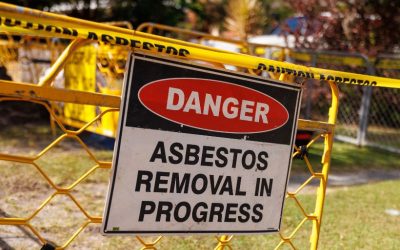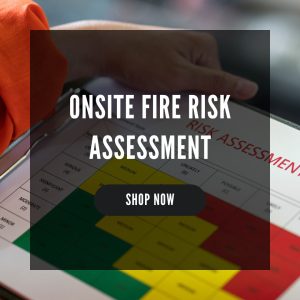Asbestos is a hazardous material that was widely used in construction, manufacturing, and other industries until the 1980s. Although the use of asbestos has been banned in the UK since 1999, many buildings still contain asbestos-containing materials (ACMs), which can pose serious health risks to those who come into contact with them.
Asbestos management is regulated by the Control of Asbestos Regulations 2012. This looks at areas such as training, risk assessments and policies and procedures businesses should have in place. In this blog, we’ll cover what should be included in your asbestos policies and procedures to ensure compliance with legal requirements and best practices.
What Should Be Included In Your Asbestos Policies & Procedures?
Asbestos policies and procedures are crucial in asbestos management and should include aspects such as legal requirements, risk assessment procedures, guidelines for waste management and more.
Legal Requirements for Asbestos Policies & Procedures
The Control of Asbestos Regulations 2012 outlines the legal requirements for managing asbestos in the workplace. Employers have a duty to manage asbestos in their premises and must take reasonable steps to identify ACMs and assess the risk they pose.
As part of this duty, employers must conduct asbestos surveys and create management plans to ensure that any ACMs are safely managed and maintained. It is also important to ensure that any work involving asbestos is carried out by trained and competent individuals.
Elements of an Effective Asbestos Policy
An effective asbestos policy should include the following elements:
- Identification of responsible person(s) for managing asbestos: It is important to identify individuals who are responsible for managing asbestos in the workplace and ensuring compliance with legal requirements.
- Procedures for identifying ACMs: Employers must have procedures in place for identifying ACMs and assessing the risk they pose. This may involve carrying out asbestos surveys or testing materials suspected of containing asbestos.
- Procedures for risk assessment and management of ACMs: Once ACMs have been identified, employers must assess the risk they pose and develop a plan for managing them safely. This may involve sealing, enclosing, or removing ACMs, depending on the level of risk they pose.
- Procedures for communication with employees, contractors, and visitors: Employers must ensure that anyone who may come into contact with ACMs is aware of their presence and the precautions they need to take to avoid exposure.
- Procedures for asbestos removal and disposal: Any work involving the removal or disposal of asbestos must be carried out by trained and competent individuals and must follow strict guidelines to ensure that asbestos fibres are not released into the environment.
- Procedures for monitoring and review: Employers must regularly monitor their asbestos management plan and update it as necessary to ensure that it remains effective.
Asbestos Training & Awareness
Employers must ensure that anyone who may encounter asbestos in the workplace receives appropriate asbestos awareness training to ensure that they understand the risks involved and know how to work safely around ACMs. It is also important to raise awareness of asbestos-related risks and ensure that employees know what to do if they suspect that they have been exposed to asbestos.
Asbestos in Specific Industries
Different industries may have different risks and requirements when it comes to managing asbestos. Employers must be aware of the specific risks associated with their industry and ensure that their asbestos policies and procedures are tailored to address these risks.
Consequences of Non-Compliance
Failure to comply with legal requirements for managing asbestos can result in serious legal and financial consequences. Employers who do not have effective asbestos policies and procedures in place may face legal action and financial penalties. It is important to review your asbestos policies and procedures regularly to ensure that they remain up-to-date and effective.
Final Thoughts On Asbestos Policies & Procedures
Having effective asbestos policies and procedures in place is essential for ensuring the safety of employees and complying with legal requirements. Employers must be aware of the risks associated with asbestos and take reasonable steps to manage these risks.
If you are unsure about your obligations or need help developing effective asbestos policies and procedures, please get in touch. At Safety Services Direct, we have a qualified team of experts who can assist you in all things asbestos-related.









